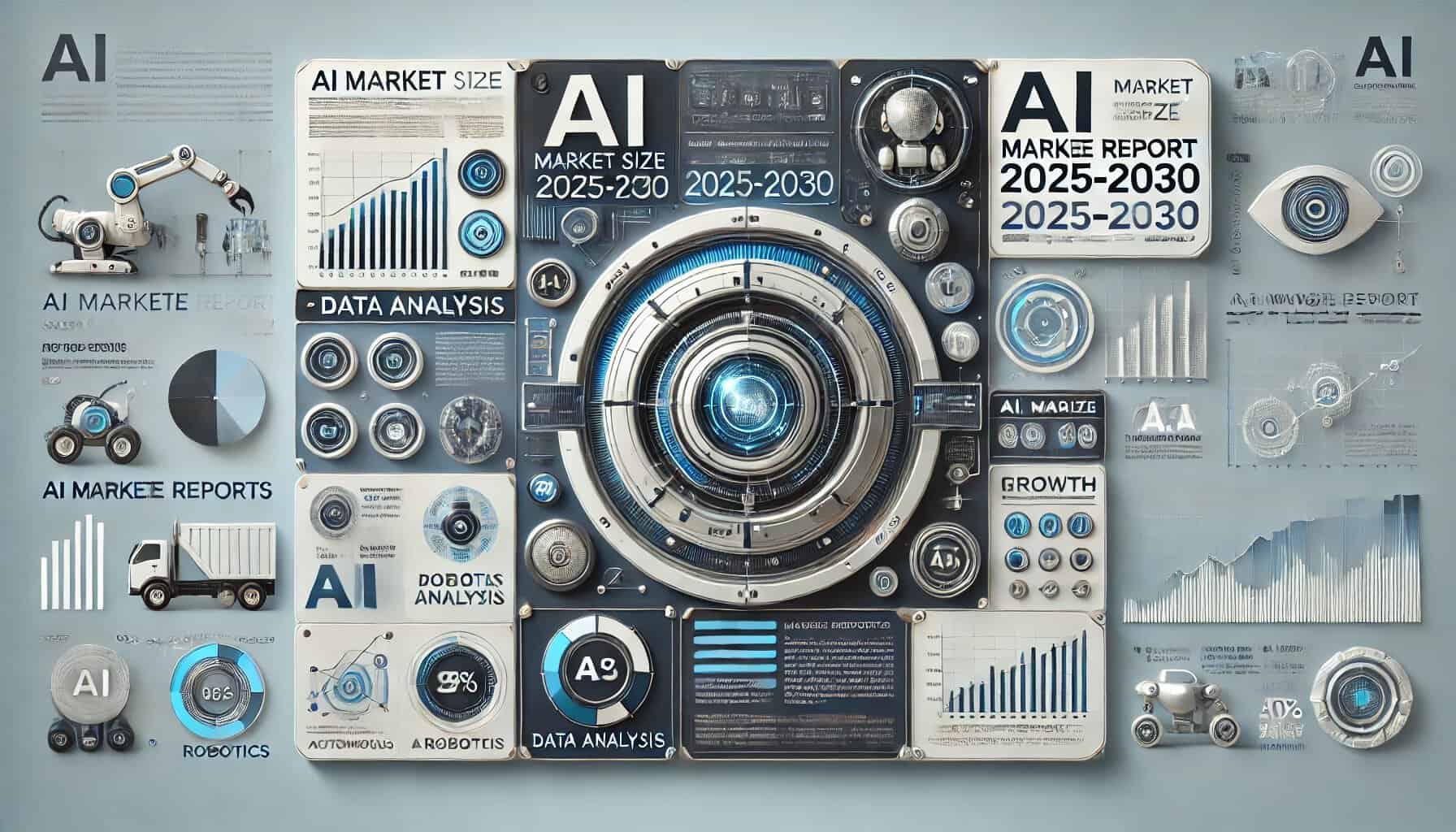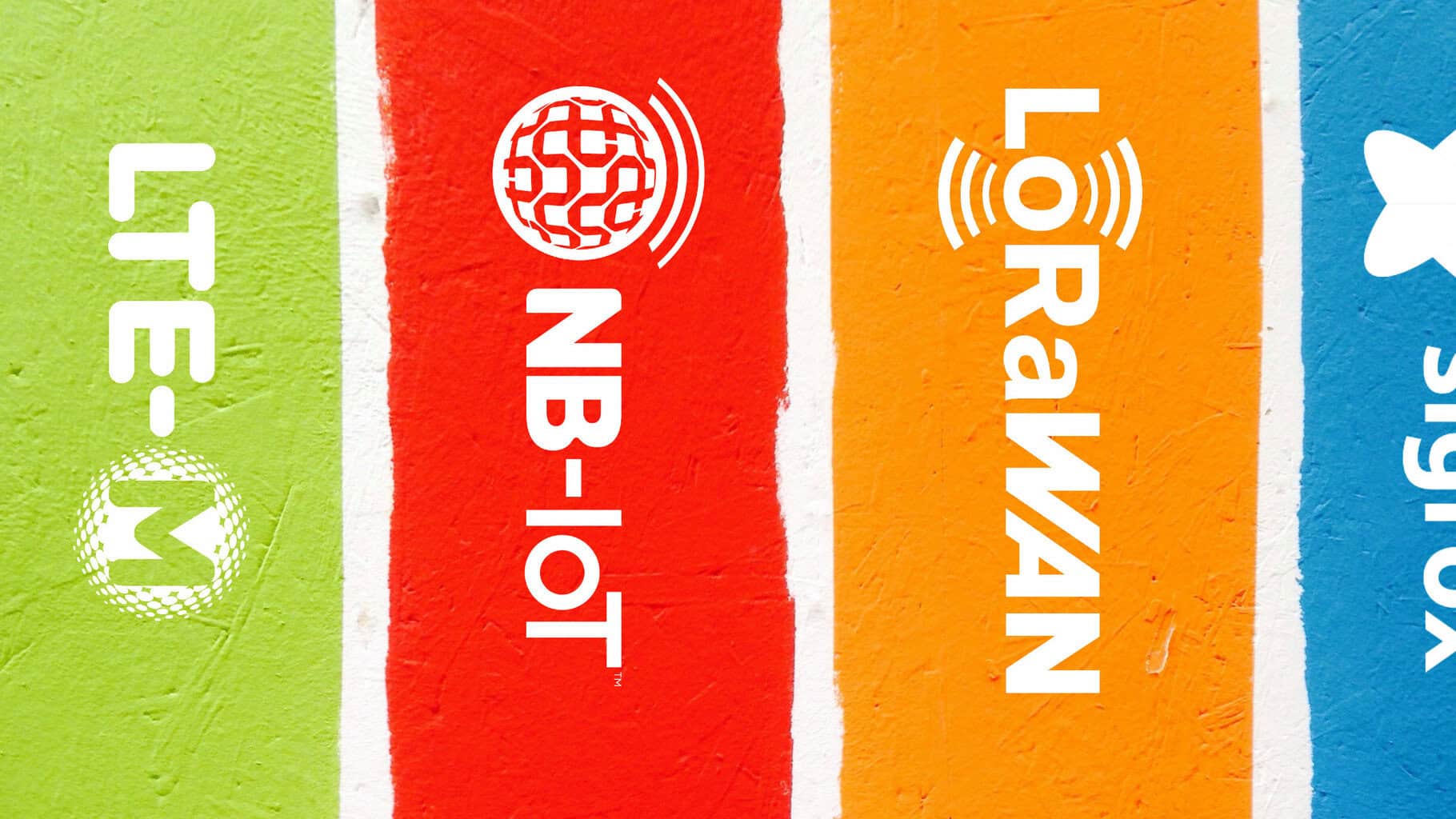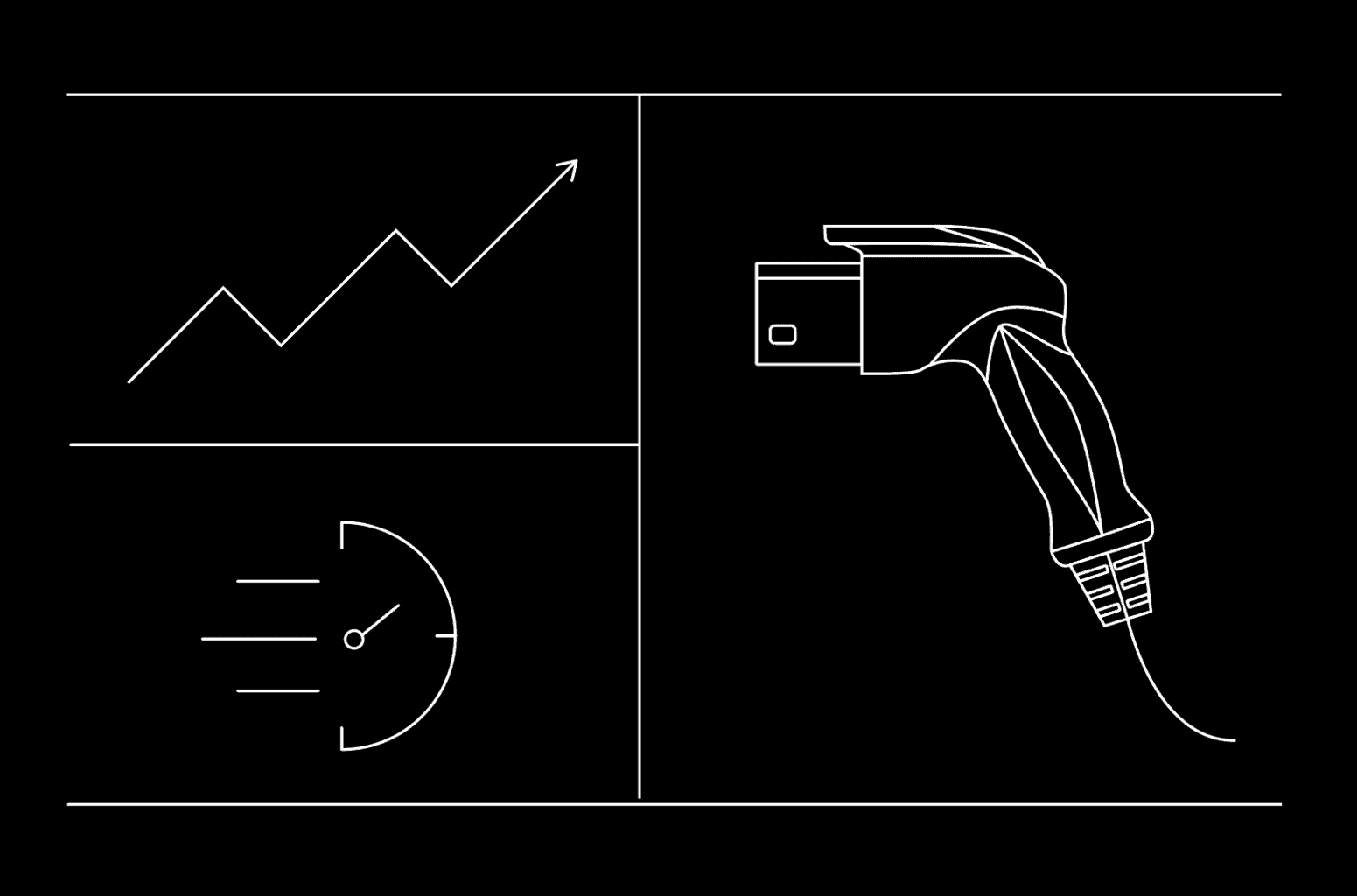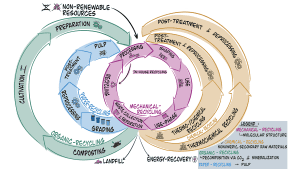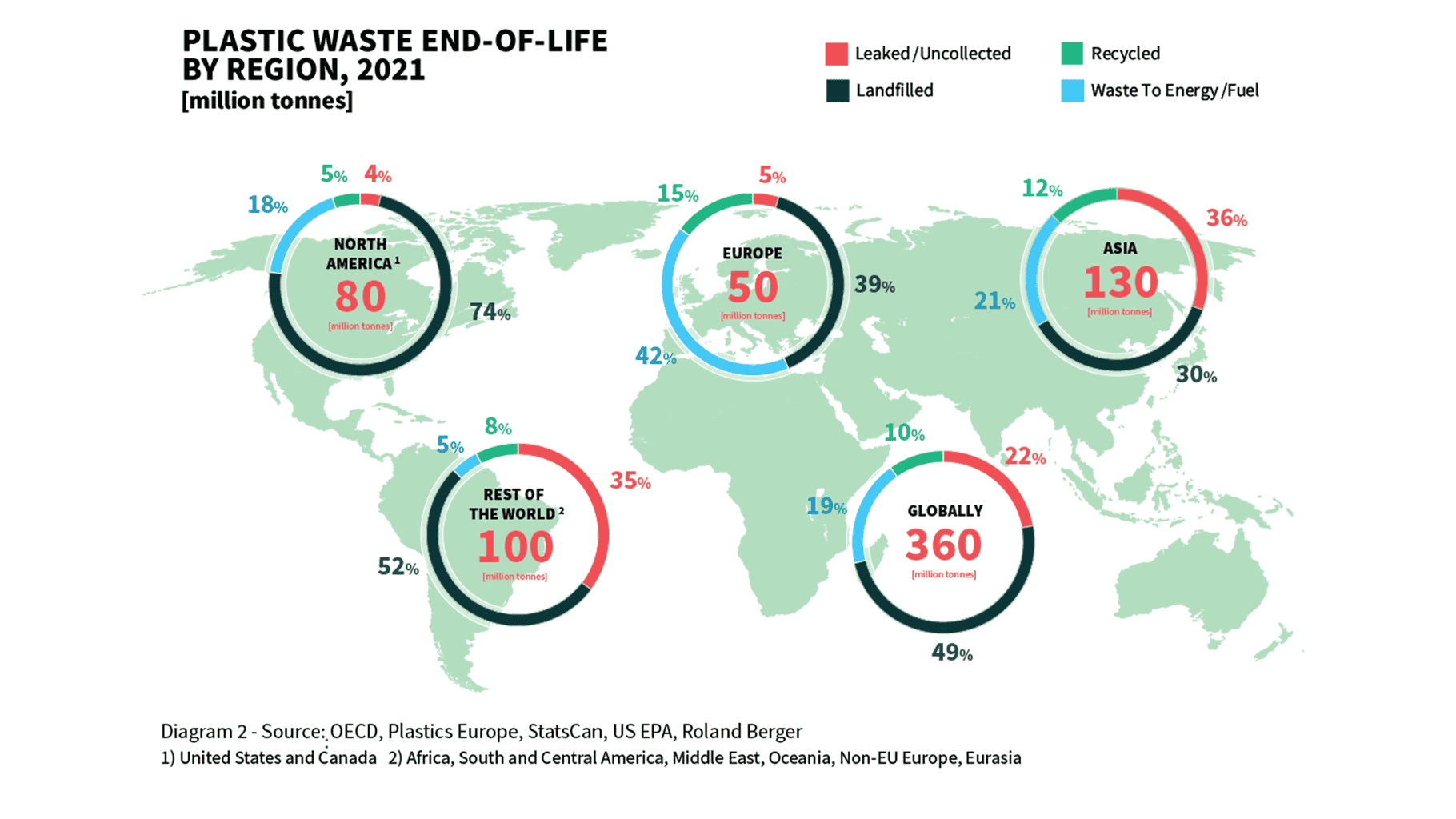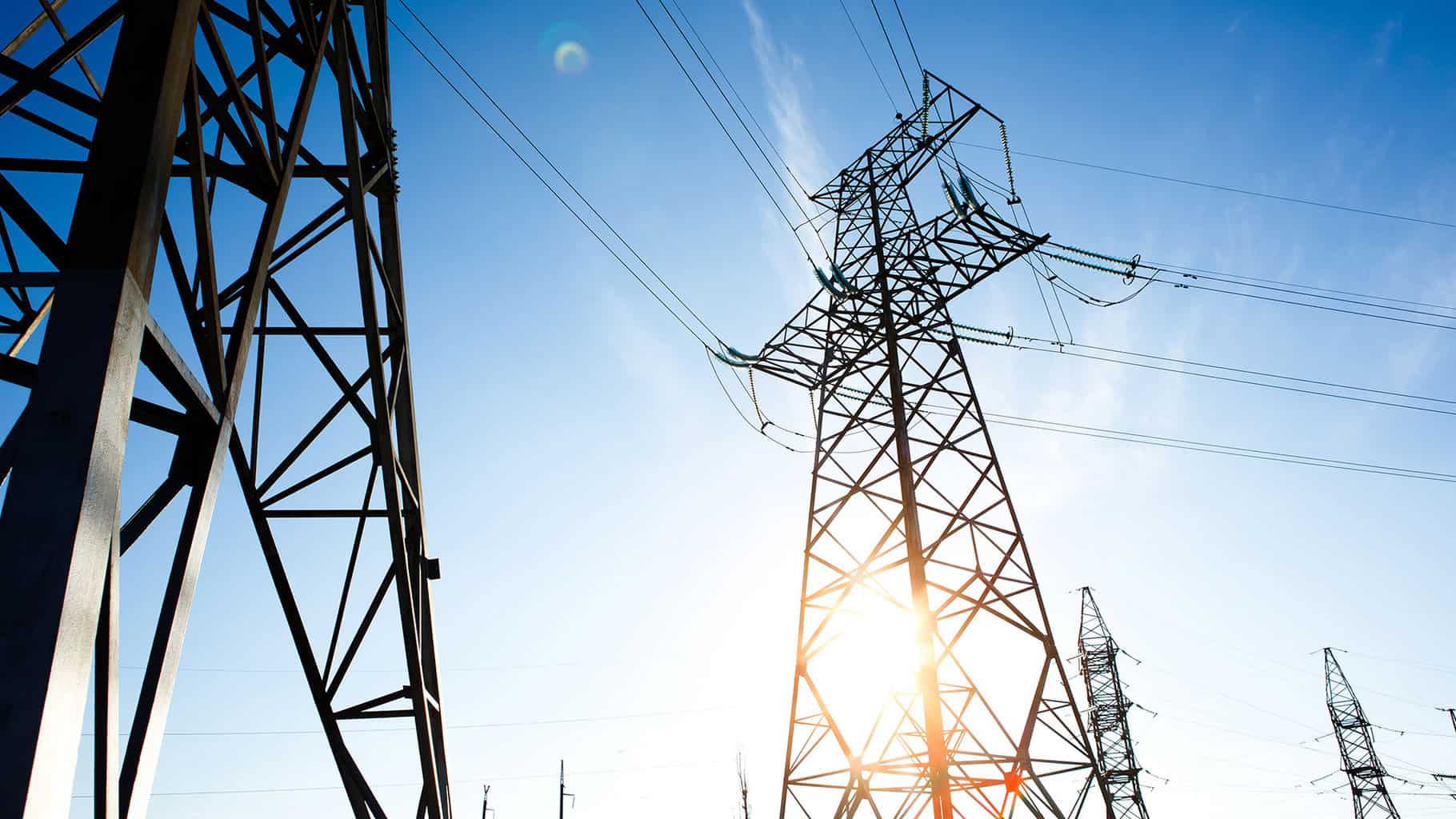The Internet of Things (IoT) is revolutionizing our lives by integrating smart technology into everyday objects, promising enhanced convenience. However, this rapid advancement brings significant concerns about electronic waste (e-waste) and sustainability. The tech industry must evaluate which devices genuinely benefit from smart technology to avoid unnecessary environmental impact. Increased IoT device proliferation often leads to shorter lifespans and more discarded electronics, highlighting the need for sustainable IoT innovation. For instance, AI companions and head-worn computers often replicate existing smartphone functions, adding little value while contributing to e-waste. Conversely, projects like Smart Dublin’s clever ring buoys and bright bins demonstrate the positive impact of IoT on public services and quality of life. These initiatives, involving low-cost sensors to improve water safety and optimize waste management, exemplify practical and sustainable IoT applications. Dirk Pesch, a professor at University College Cork, emphasizes designing IoT solutions that are not overly complicated to avoid increasing e-waste and production costs. As the industry moves forward, prioritizing practical and sustainable IoT innovations is crucial to leveraging technology for a better, more efficient world while mitigating environmental impact.
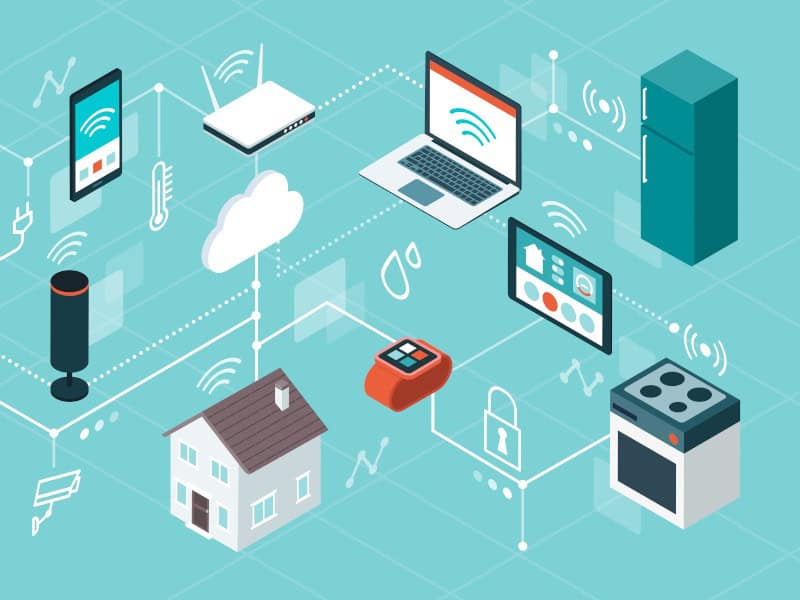
Sustainable IoT Innovation: Prioritizing Practicality and Environmental Responsibility
The Internet of Things (IoT) is transforming our world by embedding smart technology into everyday objects, promising to make our lives more convenient. However, this rapid innovation raises significant concerns about electronic waste (e-waste) and sustainability. The tech industry must carefully evaluate which devices genuinely benefit from being “smart” to avoid unnecessary environmental impact.
One of the critical issues with the proliferation of IoT devices is the potential for increased e-waste. As more devices become connected, the lifespan of these gadgets often shortens, leading to a quicker turnover and more discarded electronics. This challenge underscores the need for the tech industry to prioritize sustainability in its innovations. Not every device needs to be equipped with smart technology; it is essential to discern which advancements are necessary and which are superfluous.
Streamlining IoT Innovations for Sustainability and Effectiveness
For instance, AI companions and head-worn computers are examples of devices that might not offer significant benefits over existing technologies. Many AI companions replicate functions that smartphones already perform, adding little value while contributing to e-waste. Similarly, some wearable computers promise new interfaces but often result in user confusion without substantial usability improvements. These examples highlight the importance of prioritizing practical and sustainable tech innovations over redundant or overly complicated devices.
Conversely, there are numerous IoT applications that genuinely enhance public services and quality of life. One notable initiative is Smart Dublin, a collaborative effort involving tech companies, researchers, and citizens aimed at improving urban services. Among its successful projects are clever ring buoys and bright bins.
The clever ring buoys project involves installing 600 low-cost sensors in ring buoys to alert water safety officers when they are tampered with or go missing. This innovation significantly enhances water safety by ensuring that these critical lifesaving devices are always available and functional. It exemplifies how IoT technology can address real-world problems and improve community safety.
Similarly, the bright bins project equips waste bins with sensors that provide real-time data on their capacity. This information helps city council waste management teams optimize their collection routes, reducing unnecessary pickups and ensuring that bins are emptied efficiently. The sensors can also detect bins that are not fully utilized due to blockages, such as large items obstructing the space. This project demonstrates how IoT can streamline municipal services, making them more efficient and responsive.
Despite these positive examples, the long-term implications of IoT devices on waste management remain a concern.

Dirk Pesch, a professor of computer science at University College Cork and director of the SFI Centre for Research Training (CRT), emphasizes the importance of designing IoT solutions that are not overly complicated. Overcomplicated devices not only increase production costs but also contribute to e-waste when they fail or become obsolete quickly.
Pesch advocates for a balanced approach to IoT innovation, where the focus is on creating practical, sustainable devices that solve real problems without adding unnecessary complexity. This perspective is crucial as the industry moves forward, ensuring that technological advancements do not come at the expense of the environment.
In summary, while the IoT offers significant potential to enhance our lives, it is imperative to consider the sustainability and practicality of each innovation. The tech industry must avoid the temptation to make every device smart without clear benefits. Instead, the focus should be on developing IoT solutions that address genuine needs and improve public services, as exemplified by initiatives like Smart Dublin. By prioritizing sustainability and practicality, the industry can leverage IoT technology to create a better, more efficient world while mitigating the environmental impact of e-waste.


